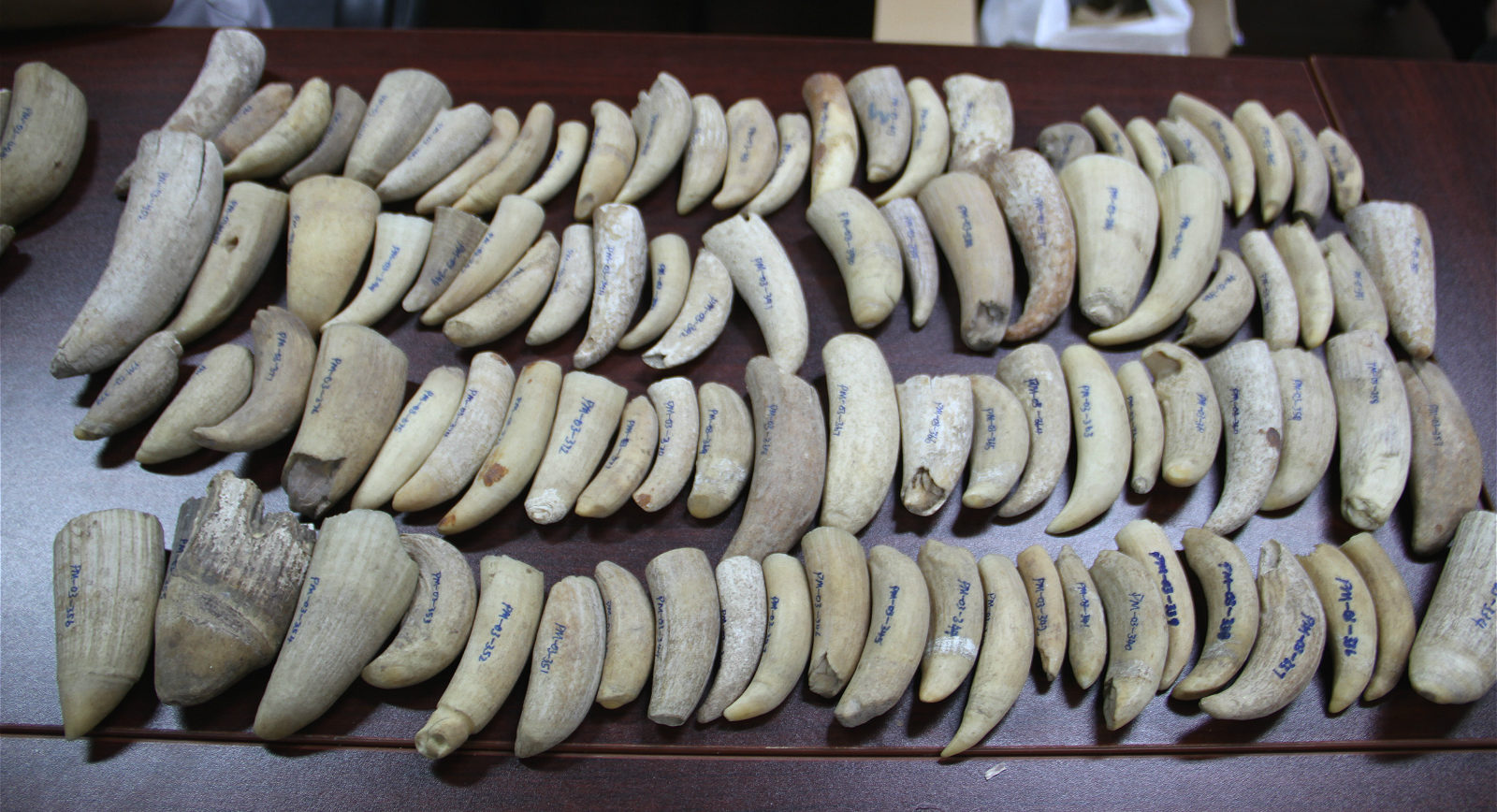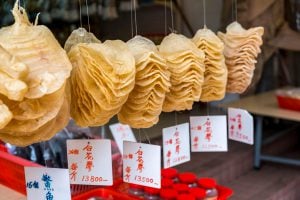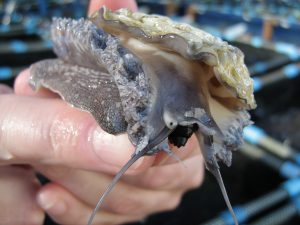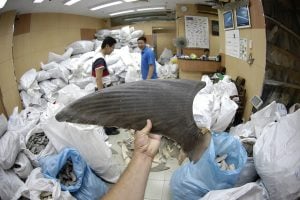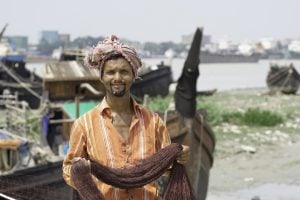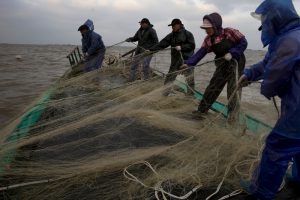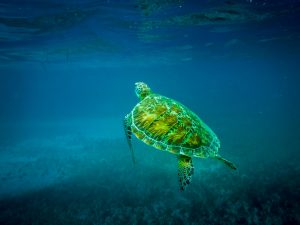Zheng Ruiqiang, 35, is one of very few Chinese academics of his age to specialise in cetaceans – whales, dolphins and porpoises – particularly endangered species. Two years ago, he quit his job with a charity in Beijing and accepted an invitation to return home and take up a postdoctoral research post at Shantou University’s Marine Biology Institute. He focuses on conservation of the small remaining population of Indo-Pacific humpback dolphins, also known as the Chinese white dolphin. He witnessed the birth of the first white dolphin for seven years – and then saw it die just seven days later. He worries he may live to see the population here be lost forever.
We need to remind people how unethical the trade is
As well as studying endangered marine species, his team is also designated by the Ministry of Agriculture to help the customs authorities identify smuggled endangered marine animals and plants.
In this interview, Zheng shares his thoughts on the intricacies of such smuggling cases, and on conservation and public education. The discussion has been edited for clarity.
chinadialogue (CD): How did you come to assist the customs authorities?
Zheng Ruiqiang: In November 2011 the Ministry of Agriculture issued a list of bodies qualified to carry out assessments in cases involving rare and endangered species. My university, Shantou, was the only one in Guangdong listed for cetaceans and turtles, and we started assisting the customs and fisheries authorities with identification of species and products. Our team includes me and professor Liu Wenhua, deputy head of the university. Our ongoing research into cetaceans (which includes rescuing beached animals and dissections) has given us experience which we can use to aid customs authorities.
CD: What does this involve?
Zheng: Currently we do ad-hoc identification work for Shenzhen customs authorities. Shenzhen is one of China’s biggest ports, and numerous cases of smuggling of animal and plant products are uncovered every year. I know of preliminary figures for 2018 from one Shenzhen customs post I can offer as an example: rare species smuggling cases included crocodile skin from Southeast Asia, over 10 kilogrammes of rhinoceros horn from South Africa, whale ivory from Kenya, over 10 kilos of pangolin scales from Malaysia, 15 kilos of hawksbill turtle, and over 30 kilos of red coral mainly from the Mediterranean and the Gulf of Mexico.
CD: How are these goods usually brought through customs?
Zheng: In the cases we’ve worked in, the goods are almost always carried through customs by an individual. Shenzhen is one of China’s busiest border crossings so it’s a popular choice for smugglers hoping to slip through with the crowds. But the customs authorities are carrying out strict checks for smuggling of CITES species. So whether it’s an organised smuggling gang, or an unwitting tourist, the guards are on the lookout.
CD: Can you describe a typical case?
Zheng: Helping identify smuggled species is an extension of our research. Currently, we carry out laboratory tests on goods confiscated by customs to identify what they are.
The first thing we do is unpack the material being entrusted to us, remove any extraneous material and document it alongside customs officers. Then we assign serial numbers, measure it, count it, weigh it and take photos. Next, we identify the species, in accordance with domestic and international standards for this process. For example, cetacean species are usually identified by external characteristics and dissection, and in accordance with CITES identification methods. Then we assess the age of the animal and the quantity of the goods.
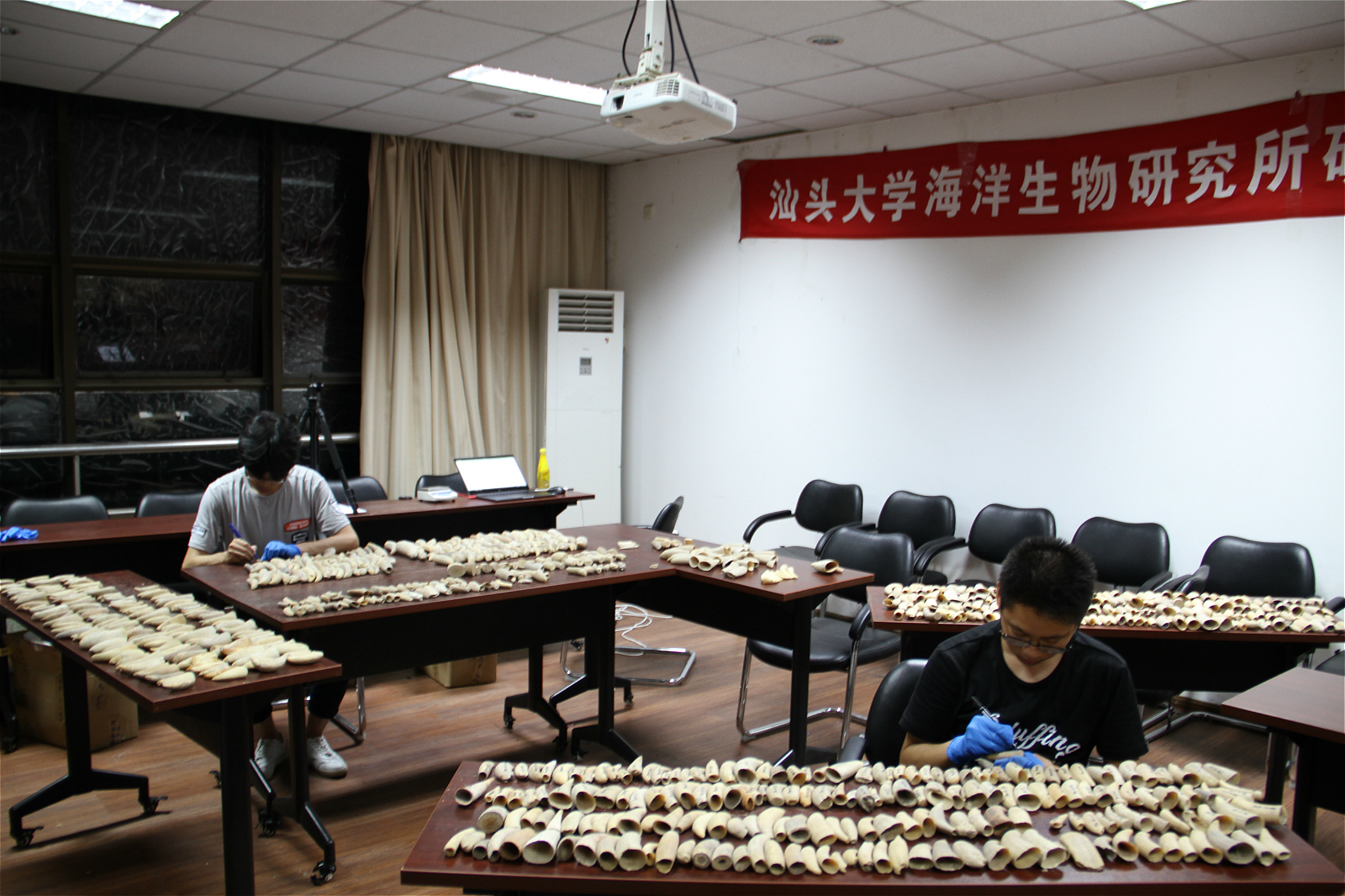
CD: What types of cetacean products are confiscated?
Zheng: The ones we see are almost all ivory, used in religious items, ornaments, traditional art. That ivory comes from the teeth of sperm whales, the narwhal (a small Arctic whale) and a small number of other marine mammals. Sometimes there’s some hippopotamus ivory or other land mammals mixed in.
CD: What’s made the deepest impression since you’ve been doing this?
Zheng: First is the size of the consumer market. Every case the customs authorities bring us involves goods that take two or three days to process. Smuggled animal products are either ornaments or Chinese medicine. We need to look at how to reduce that market demand by changing consumer values, and to improve administrative processes and laws and regulations.
Second is a tension between legal principles and unique circumstances. In one case, Shenzhen customs seized over 1,400 sperm whale teeth, weighing about 96 kilos. We photographed, weighed and confirmed the species. The calcification and weathering of the teeth told us these had probably been taken from the dead bodies of whales washed up on some distant shore, rather than from illegal killing of the animals. But we are only responsible for identifying the species and quantity, we don’t include conjecture such as that in our report. So we’ve talked with our colleagues in customs about including other confirmed information in our report. That would allow harsh punishment for true law-breakers, but also give full consideration to more complex cases.
CD: So sometimes a draconian approach isn’t suitable?
Zheng: The legal system should consider the difference between people at different points in the trade. Some are criminals who knowingly break the law, but some may be vulnerable and unaware. For example, in the case of the sperm whale teeth I mentioned earlier, the value of the goods was assessed at 1.2 million yuan (US$174,000), meaning a minimum of 20 years in prison. But the majority of the teeth had been collected after natural decomposition, and it wasn’t clear what role the person arrested had actually played.
Also, in November 2018 the Ministry of Agriculture started soliciting views on methods for assessing the value of marine animals and marine animal products, and better laws and interpretations would help more precise law enforcement.
CD: You’ve suggested displaying confiscated products to help educate the public. Why is that?
Zheng: Consumers are basically passive. They’re taught whether a product is worth spending money on by the market, or in the case of ornaments and Chinese medicine, by culture. Attempts to raise awareness of marine conservation almost always fail.
We’ve also discussed how to handle the products once a case has concluded. Usually they get destroyed. We’ve suggested using the whale ivory as an art exhibit to be displayed in communities, schools and businesses, telling people about the story behind it and reminding them on a daily basis how unethical the trade is. Then they’d be less likely to buy those products, which would be seen as having less value.
